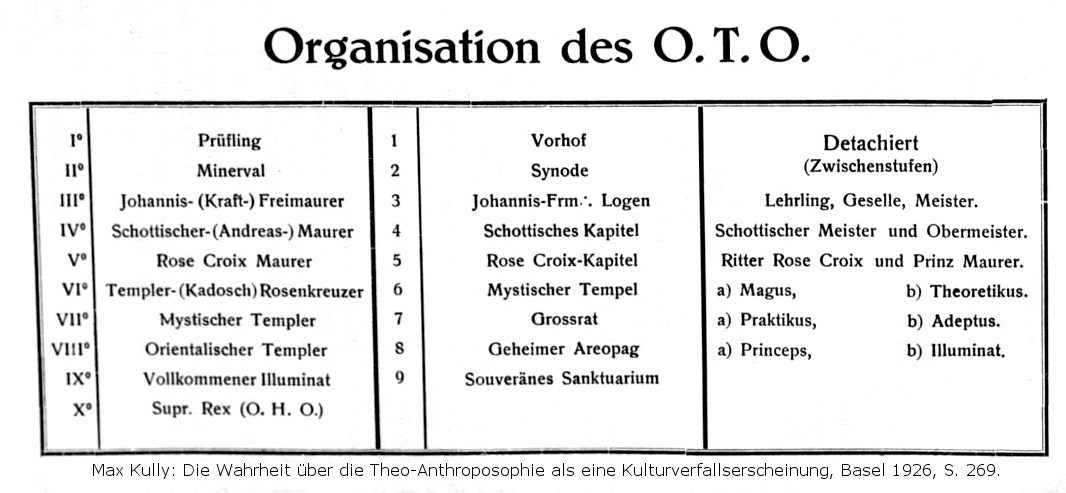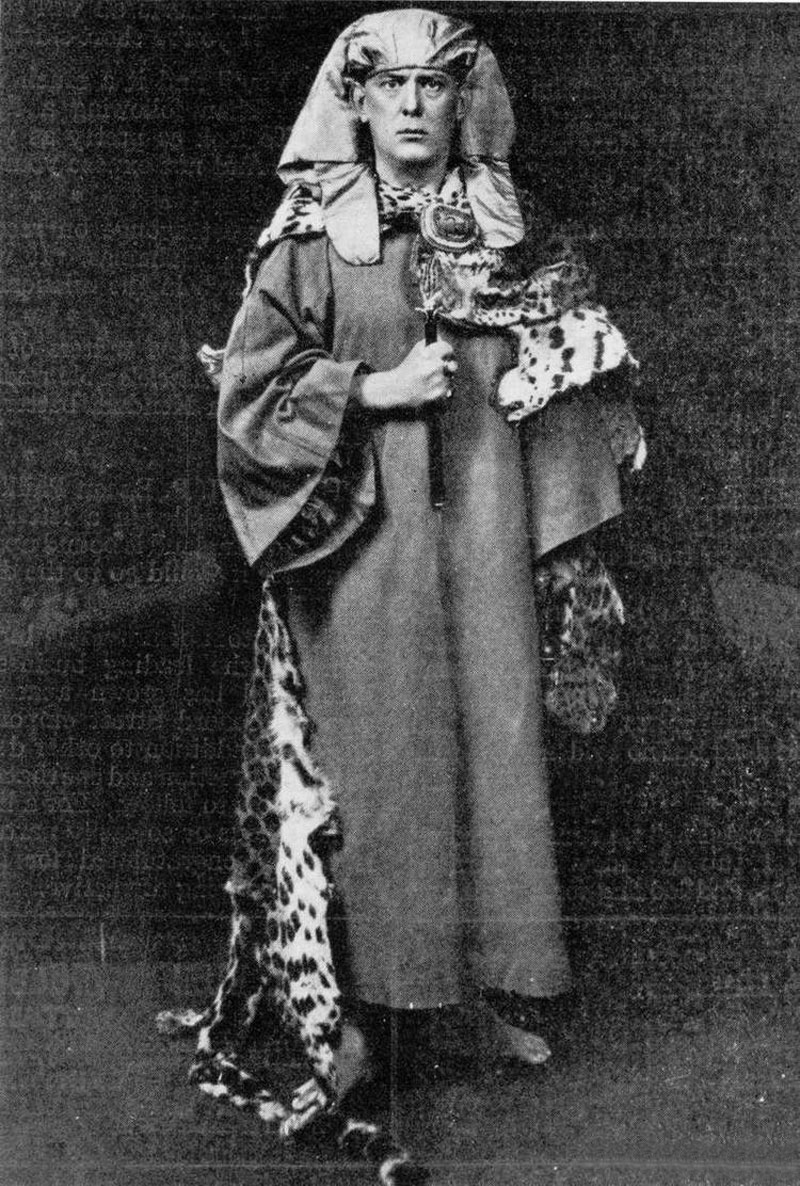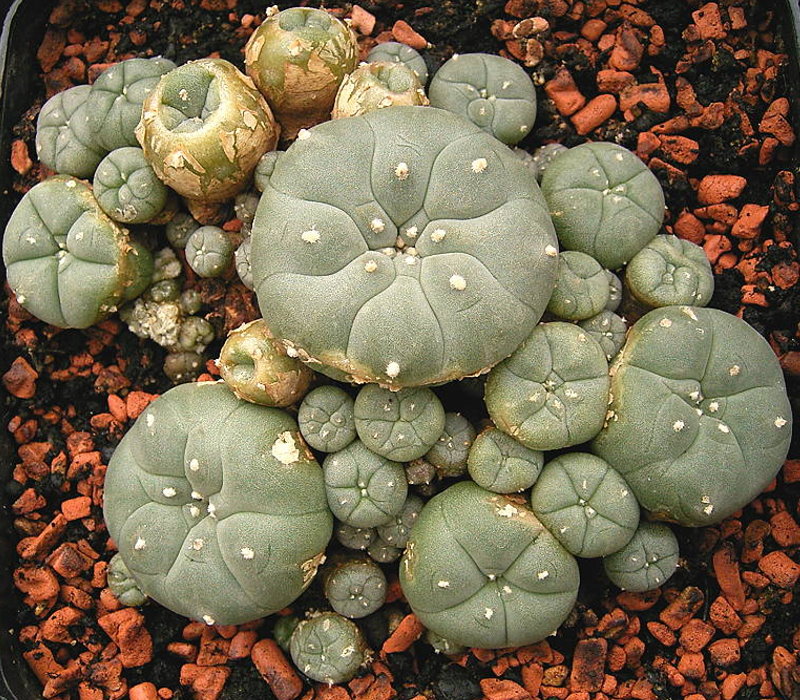|
Agape Lodge
The Agape Lodge was a California-based chapter of the Ordo Templi Orientis founded in 1935 by Wilfred Talbot Smith. Following World War II, it was the sole surviving O.T.O. organization. In 1942, jet fuel engineer Jack Parsons was appointed head of the lodge, and the organization was headquartered out of Parson's mansion in Pasadena. In 1946, Parsons lost a great deal of money in a business venture with L. Ron Hubbard and Sarah Northrup, resulting in him selling the mansion. In 1949, the Agape Lodge ceased to hold regular meetings. Background The original O.T.O. was founded by the wealthy German industrialist Carl Kellner. After Kellner's death in 1905, Theodor Reuss became Outer Head of the Order. After Reuss's death in 1923, Aleister Crowley was elected Head of the Order in 1925. In 1915, the lesser-known Agapé Lodge No. 1 of Vancouver, B.C. had been established. Hollywood: 1935–1936 In 1935, Wilfred Talbot Smith founded the Agape Lodge No. 2, based at his Holly ... [...More Info...] [...Related Items...] OR: [Wikipedia] [Google] [Baidu] |
Ordo Templi Orientis
Ordo Templi Orientis (O.T.O.; ) is an occult Initiation, initiatory organization founded at the beginning of the 20th century. The origins of the O.T.O. can be traced back to the German-speaking occultists Carl Kellner (mystic), Carl Kellner, Heinrich Klein, Franz Hartmann and Theodor Reuss. Later, the O.T.O. was significantly shaped by the English author and occultist Aleister Crowley. After Crowley's death in 1947, four main branches of the O.T.O. have claimed exclusive descent from the original organization and primacy over the other ones. The most important and visible of these is the Caliphate O.T.O., incorporated by Crowley's student Grady McMurtry in 1979. Originally it was intended to be modeled after and associated with European Freemasonry,Sabazius X° and AMT IX°History of Ordo Templi Orientis Retrieved June 13, 2006. such as Masonic Templar organizations, but under the leadership of Aleister Crowley, O.T.O. was reorganized around Crowley's Thelema as its central rel ... [...More Info...] [...Related Items...] OR: [Wikipedia] [Google] [Baidu] |
Magick (Aleister Crowley)
Ceremonial magic (ritual magic, high magic or learned magic) encompasses a wide variety of rituals of Magic (supernatural), magic. The works included are characterized by ceremony and numerous requisite accessories to aid the practitioner. It can be seen as an extension of ritual magic, and in most cases synonymous with it. Popularized by the Hermetic Order of the Golden Dawn, it draws on such schools of philosophical and occult thought as Hermetic Qabalah, Enochian magic, Thelema, and the magic of various grimoires. Ceremonial magic is part of Hermeticism and Western esotericism. The synonym magick is a archaic spelling of 'magic' used during the Renaissance, which was revived by Aleister Crowley to show and differentiate the occult from magic (illusion), performance magic. He defined it as "the Science and Art of causing Change to occur in conformity with Will", including "mundane" acts of will as well as ritual magic. Crowley wrote that "it is theoretically possible to cau ... [...More Info...] [...Related Items...] OR: [Wikipedia] [Google] [Baidu] |
Abortion
Abortion is the termination of a pregnancy by removal or expulsion of an embryo or fetus. An abortion that occurs without intervention is known as a miscarriage or "spontaneous abortion"; these occur in approximately 30% to 40% of pregnancies. When deliberate steps are taken to end a pregnancy, it is called an induced abortion, or less frequently "induced miscarriage". The unmodified word ''abortion'' generally refers to an induced abortion. The reasons why women have abortions are diverse and vary across the world. Reasons include maternal health, an inability to afford a child, domestic violence, lack of support, feeling they are too young, wishing to complete education or advance a career, and not being able or willing to raise a child conceived as a result of rape or incest. When properly done, induced abortion is one of the safest procedures in medicine. In the United States, the risk of maternal mortality is 14 times lower after induced abortion than after chi ... [...More Info...] [...Related Items...] OR: [Wikipedia] [Google] [Baidu] |
Opiate
An opiate, in classical pharmacology, is a substance derived from opium. In more modern usage, the term ''opioid'' is used to designate all substances, both natural and synthetic, that bind to opioid receptors in the brain (including antagonists). Opiates are alkaloid compounds naturally found in the opium poppy plant ''Papaver somniferum''. The psychoactive compounds found in the opium plant include morphine, codeine, and thebaine. Opiates have long been used for a variety of medical conditions with evidence of opiate trade and use for pain relief as early as the eighth century AD. Opiates are considered drugs with moderate to high abuse potential and are listed on various "Substance-Control Schedules" under the Uniform Controlled Substances Act of the United States of America. In 2014, between 13 and 20 million people used opiates recreationally (0.3% to 0.4% of the global population between the ages of 15 and 65). According to the CDC, from this population, there were 47,00 ... [...More Info...] [...Related Items...] OR: [Wikipedia] [Google] [Baidu] |
Mescaline
Mescaline or mescalin (3,4,5-trimethoxyphenethylamine) is a naturally occurring psychedelic protoalkaloid of the substituted phenethylamine class, known for its hallucinogenic effects comparable to those of LSD and psilocybin. Biological sources It occurs naturally in several species of cacti. It is also found in small amounts in certain members of the bean family, Fabaceae, including ''Acacia berlandieri''. However those claims concerning ''Acacia'' species have been challenged and have been unsupported in any additional analysis. History and use Peyote has been used for at least 5,700 years by Indigenous peoples of the Americas in Mexico. Europeans noted use of peyote in Native American religious ceremonies upon early contact, notably by the Huichols in Mexico. Other mescaline-containing cacti such as the San Pedro have a long history of use in South America, from Peru to Ecuador. While religious and ceremonial peyote use was widespread in the Aztec empire and northern M ... [...More Info...] [...Related Items...] OR: [Wikipedia] [Google] [Baidu] |
Peyote
The peyote (; ''Lophophora williamsii'' ) is a small, spineless cactus which contains psychoactive alkaloids, particularly mescaline. ''Peyote'' is a Spanish word derived from the Nahuatl (), meaning "caterpillar cocoon", from a root , "to glisten". p. 246. See peyotl in Wiktionary. Peyote is native to Mexico and southwestern Texas. It is found primarily in the Sierra Madre Occidental, the Chihuahuan Desert and in the states of Nayarit, Coahuila, Nuevo León, Tamaulipas, and San Luis Potosí among scrub. It flowers from March to May, and sometimes as late as September. The flowers are pink, with thigmotactic anthers (like ''Opuntia''). Known for its psychoactive properties when ingested, peyote has at least 5,500 years of entheogenic and traditional medicine, medicinal use by Indigenous people of the Americas, indigenous North Americans. Description The various species of the genus ''Lophophora'' grow low to the ground and they often form groups with numerous, crowded sho ... [...More Info...] [...Related Items...] OR: [Wikipedia] [Google] [Baidu] |
Amphetamines
Substituted amphetamines are a class of compounds based upon the amphetamine structure; it includes all derivative compounds which are formed by replacing, or substituting, one or more hydrogen atoms in the amphetamine core structure with substituents. The compounds in this class span a variety of pharmacological subclasses, including stimulants, empathogens, and hallucinogens, among others. Examples of substituted amphetamines are amphetamine (itself), methamphetamine, ephedrine, cathinone, phentermine, mephentermine, bupropion, methoxyphenamine, selegiline, amfepramone (diethylpropion), pyrovalerone, MDMA (ecstasy), and DOM (STP). Some of amphetamine's substituted derivatives occur in nature, for example in the leaves of ''Ephedra'' and khat plants. Amphetamine was first produced at the end of the 19th century. By the 1930s, amphetamine and some of its derivative compounds found use as decongestants in the symptomatic treatment of colds and also occasionally as psychoacti ... [...More Info...] [...Related Items...] OR: [Wikipedia] [Google] [Baidu] |
Cocaine
Cocaine (from , from , ultimately from Quechuan languages, Quechua: ''kúka'') is a central nervous system (CNS) stimulant mainly recreational drug use, used recreationally for its euphoria, euphoric effects. It is primarily obtained from the leaves of two Coca species native to South America, ''Erythroxylum coca'' and ''Erythroxylum novogranatense''. After extraction from coca leaves and further processing into cocaine hydrochloride (powdered cocaine), the drug is often Insufflation (medicine), snorted, applied topical administration, topically to the mouth, or dissolved and injection (medicine), injected into a vein. It can also then be turned into free base form (crack cocaine), in which it can be heated until sublimated and then the vapours can be smoking, inhaled. Cocaine stimulates the mesolimbic pathway, reward pathway in the brain. Mental effects may include an euphoria, intense feeling of happiness, sexual arousal, psychosis, loss of contact with reality, or psychomo ... [...More Info...] [...Related Items...] OR: [Wikipedia] [Google] [Baidu] |
Black Magic
Black magic, also known as dark magic, has traditionally referred to the use of supernatural powers or magic for evil and selfish purposes, specifically the seven magical arts prohibited by canon law, as expounded by Johannes Hartlieb in 1456. During his period of scholarship, A. E. Waite provided a comprehensive account of black magic practices, rituals and traditions in ''The Book of Ceremonial Magic'' (1911). It is also sometimes referred to as the "left-hand path". In modern times, some find that the definition of black magic has been convoluted by people who define magic or ritualistic practices that they disapprove of as black magic. The seven ''Artes prohibitae'' of black magic The seven ''artes prohibitae'' or ''artes magicae'', arts prohibited by canon law, as expounded by Johannes Hartlieb in 1456, their sevenfold partition reflecting that of the artes liberales and artes mechanicae, were: #necromancy #geomancy #hydromancy #aeromancy #pyromancy #chiromancy #scap ... [...More Info...] [...Related Items...] OR: [Wikipedia] [Google] [Baidu] |
Pasadena Police Department (California)
The Pasadena Police Department is the police department serving Pasadena, California. The headquarters of the Pasadena Police Department is located at 207 North Garfield Avenue in Pasadena, just a block from the Pasadena City Hall and Paseo Colorado. The department employs 241 sworn officers, 13 reserve officers, and 126 civilian employees. Police chief John Perez, who spent his entire career with the department, retired and was replaced by former PPD Commander, now interim Chief Jason Clawson. The city has selected former San Gabriel, CA PPD Chief Eugene Harris to take the position in January 2023. Overview The Pasadena Police Department was founded in 1886. The department was one of the first police departments to have female police officers. In 2006, Commander Marilyn Diaz left PPD to become the police chief for Sierra Madre, California, becoming Los Angeles County's first female municipal police chief. In 2004, the Pasadena Unified School District dismantled the Pasadena ... [...More Info...] [...Related Items...] OR: [Wikipedia] [Google] [Baidu] |
Fanzine
A fanzine (blend word, blend of ''fan (person), fan'' and ''magazine'' or ''-zine'') is a non-professional and non-official publication produced by fan (person), enthusiasts of a particular cultural phenomenon (such as a literary or musical genre) for the pleasure of others who share their interest. The term was coined in an October 1940 science fiction fanzine by Russ Chauvenet and first popularized within science fiction fandom, and from there the term was adopted by other communities. Typically, publishers, editors, writers and other contributors of Article (publishing), articles or illustrations to fanzines are not paid. Fanzines are traditionally circulated free of charge, or for a nominal cost to defray postage or production expenses. Copies are often offered in exchange for similar publications, or for contributions of art, articles, or letters of comment (LoCs), which are then published. Some fanzines are typed and photocopied by amateurs using standard home office equipme ... [...More Info...] [...Related Items...] OR: [Wikipedia] [Google] [Baidu] |
Pan (god)
In ancient Greek religion and Greek mythology, mythology, Pan (; grc, wikt:Πάν, Πάν, Pán) is the god of the wild, shepherds and flocks, Pastoral#Pastoral music, rustic music and impromptus, and companion of the nymphs. He has the hindquarters, legs, and horns of a goat, in the same manner as a faun or satyr. With his homeland in rustic Arcadia (ancient region), Arcadia, he is also recognized as the god of fields, groves, wooded glens, and often affiliated with sex; because of this, Pan is connected to fertility and the season of spring. In Religion in ancient Rome, Roman religion and myth, Pan's counterpart was Faunus, a nature god who was the father of Bona Dea, sometimes identified as Fauna (goddess), Fauna; he was also closely associated with Silvanus (mythology), Sylvanus, due to their similar relationships with woodlands. In the 18th and 19th centuries, Pan became a significant figure in Romanticism, the Romantic movement of western Europe and also in the 20th-centu ... [...More Info...] [...Related Items...] OR: [Wikipedia] [Google] [Baidu] |








.jpg)
